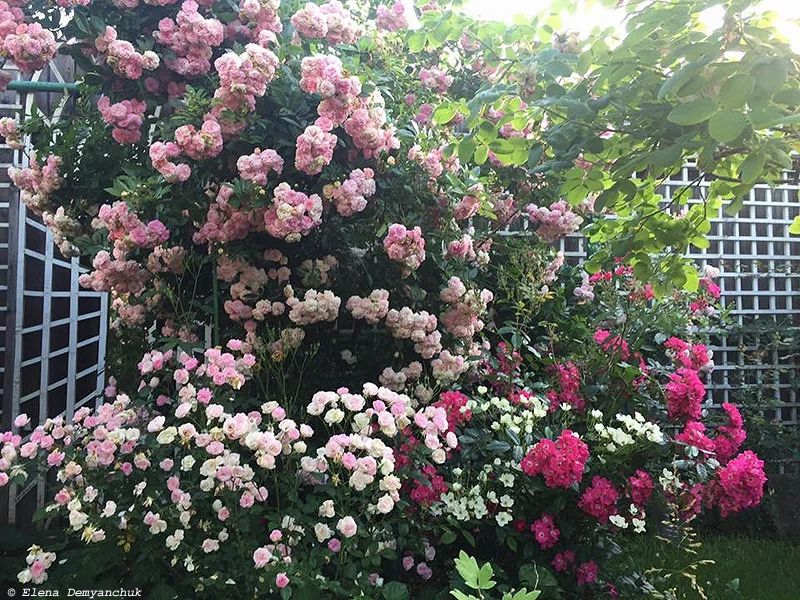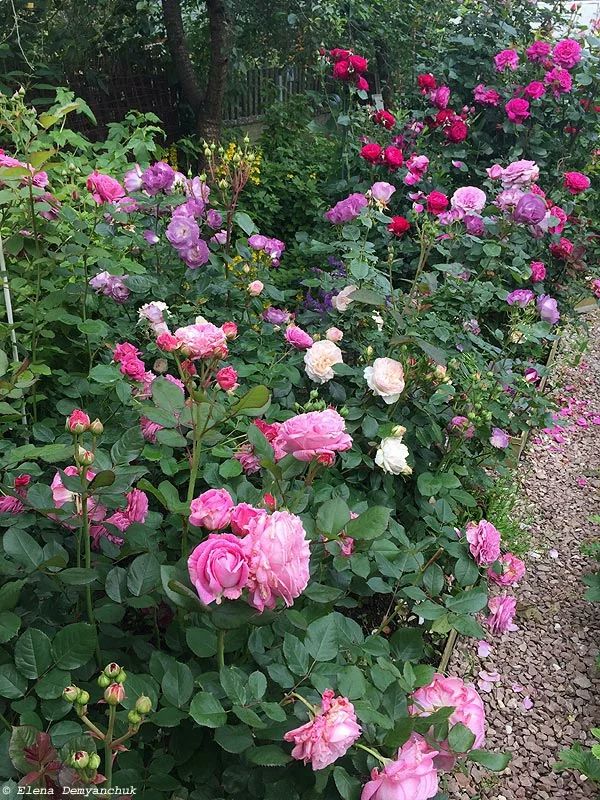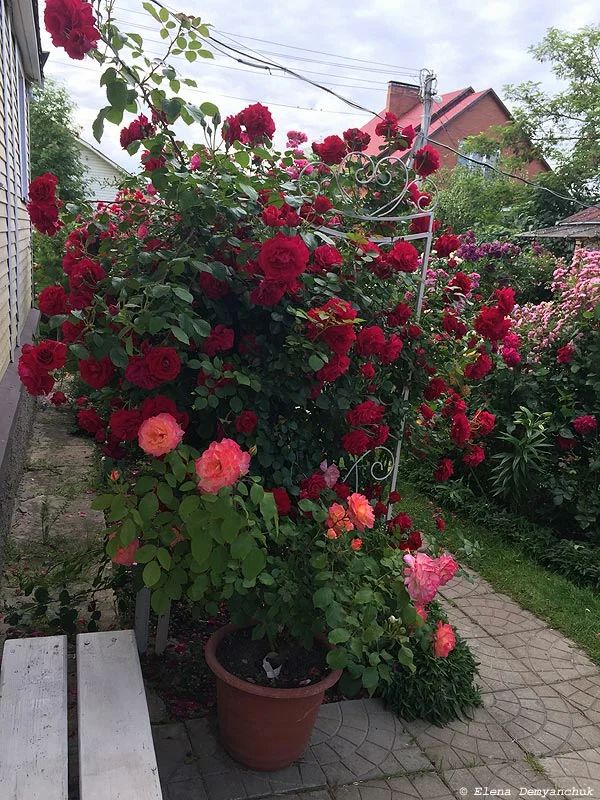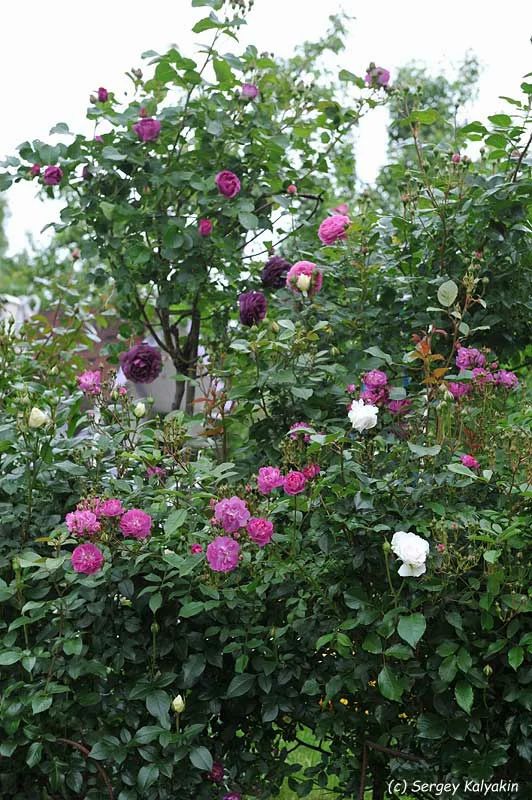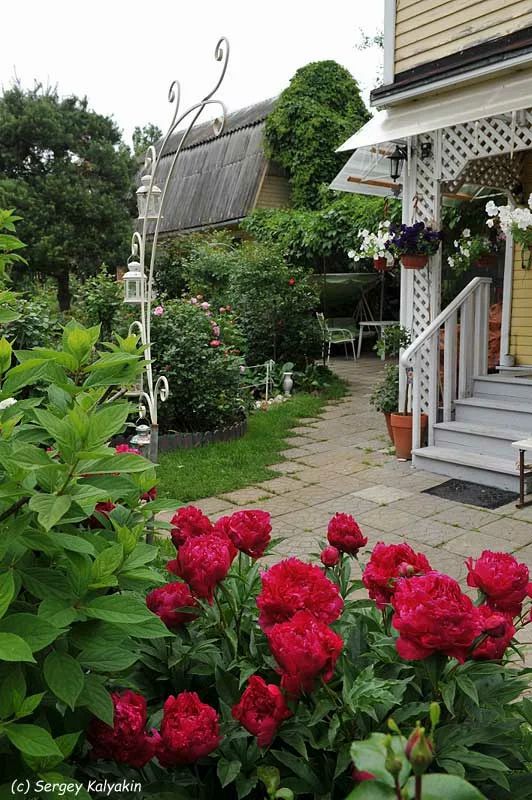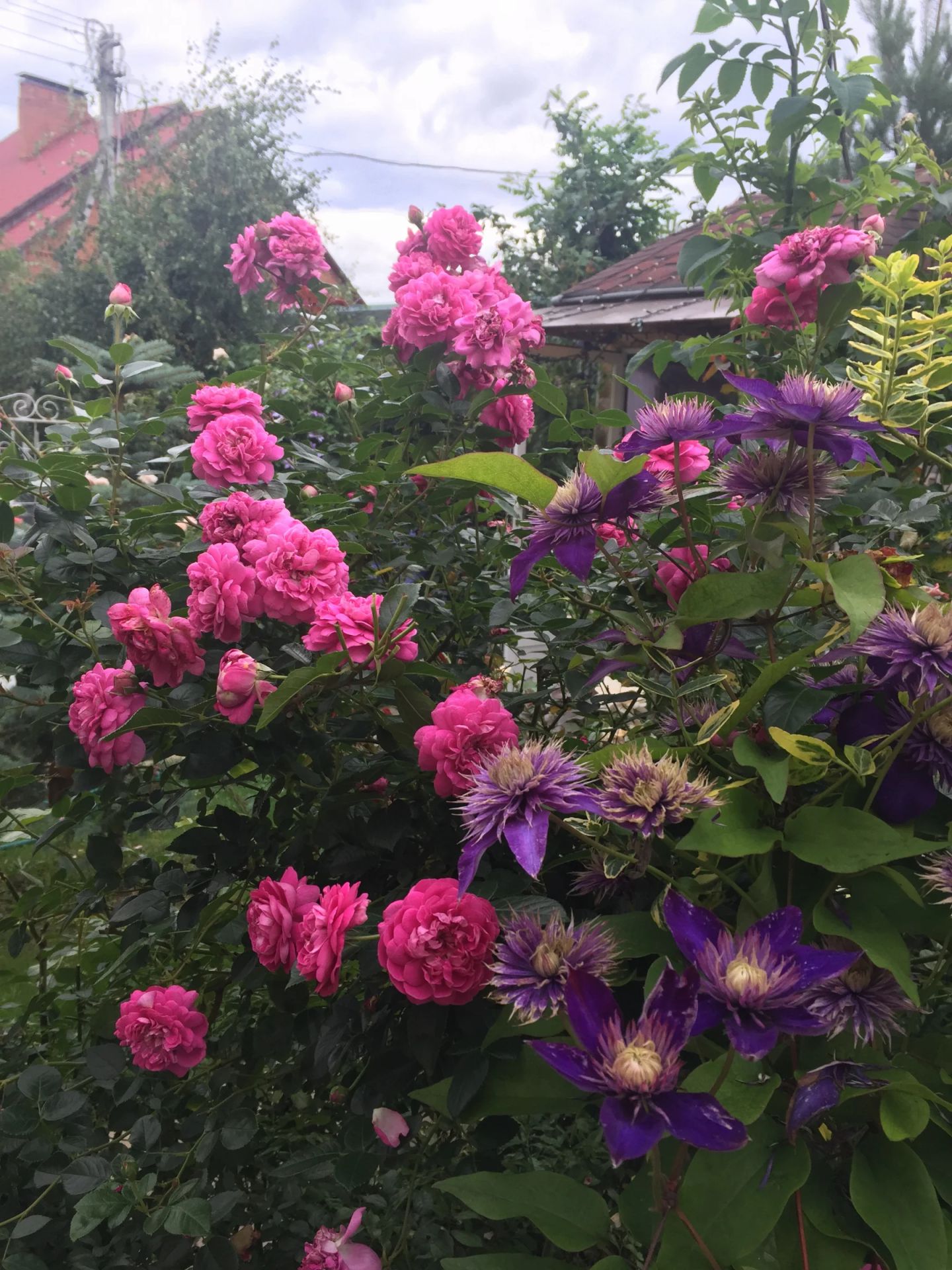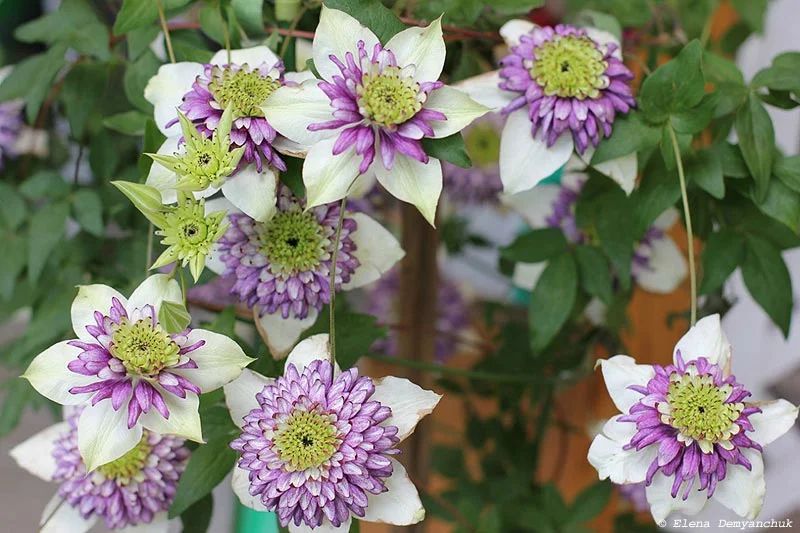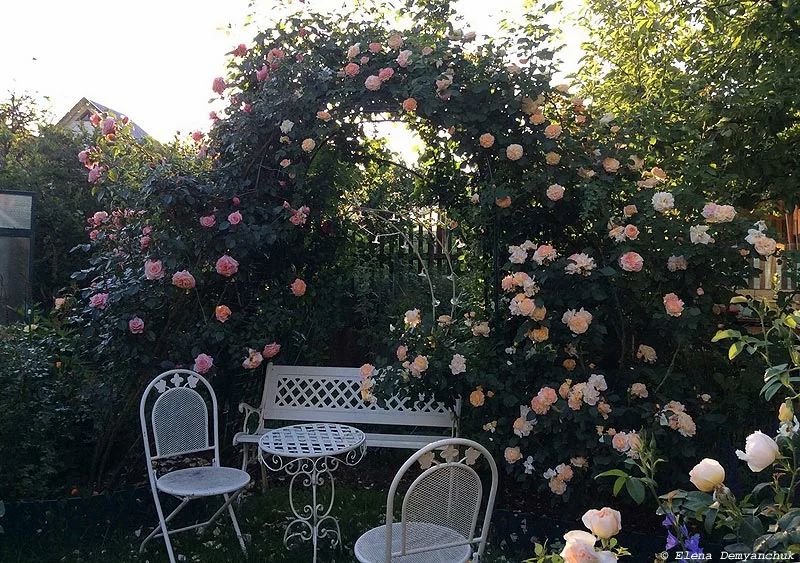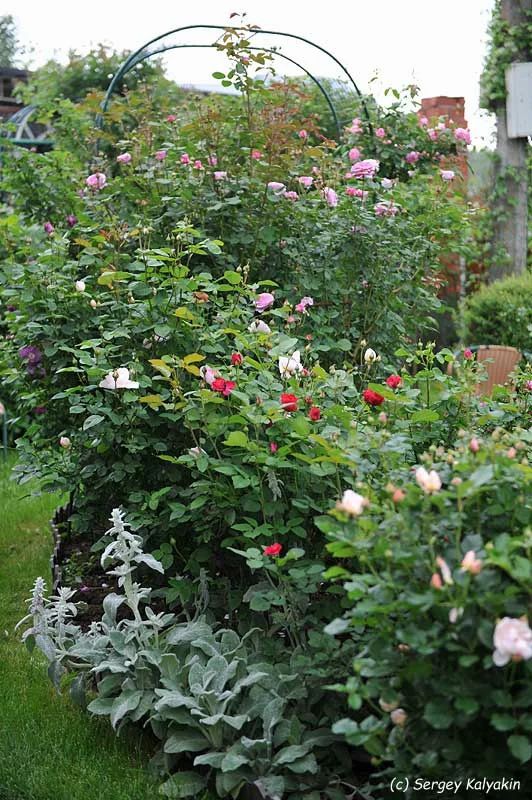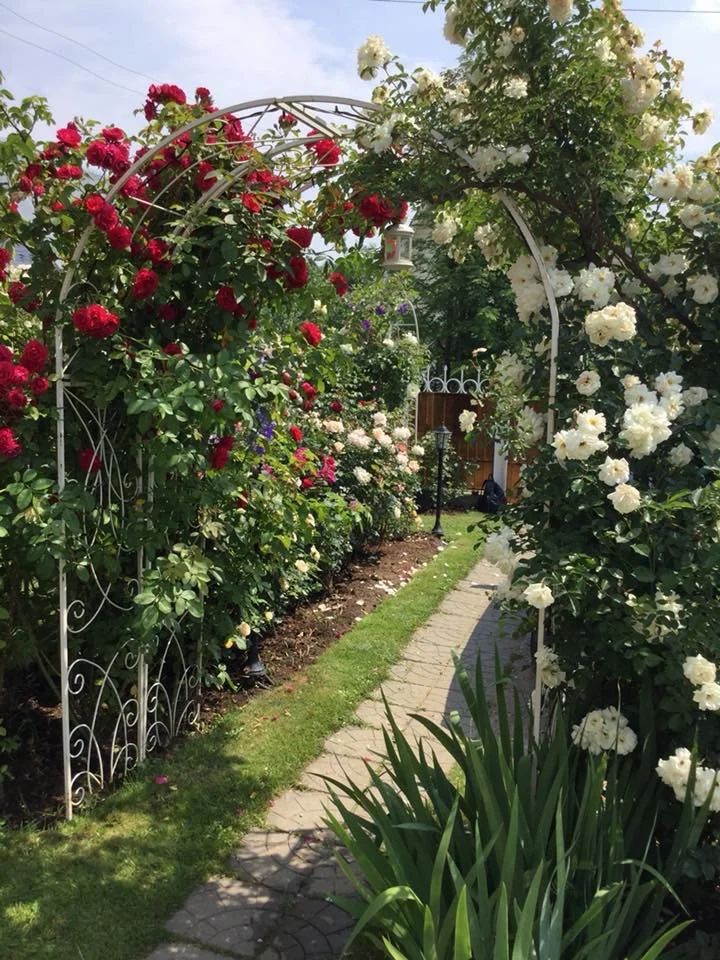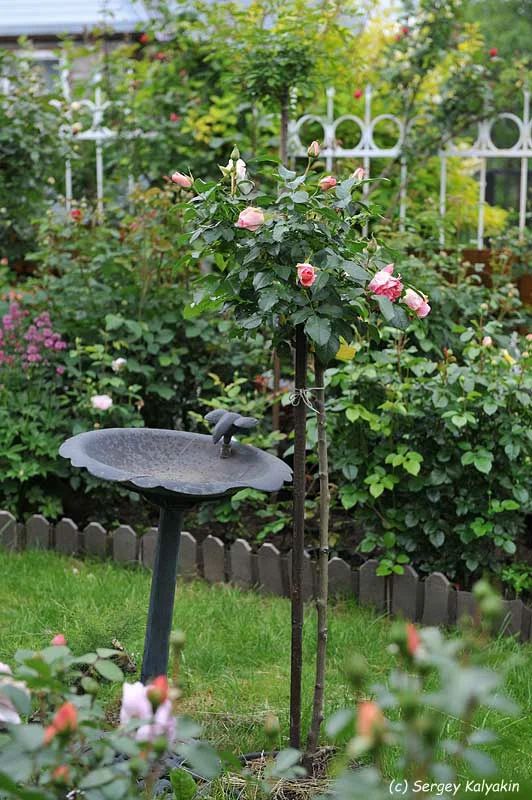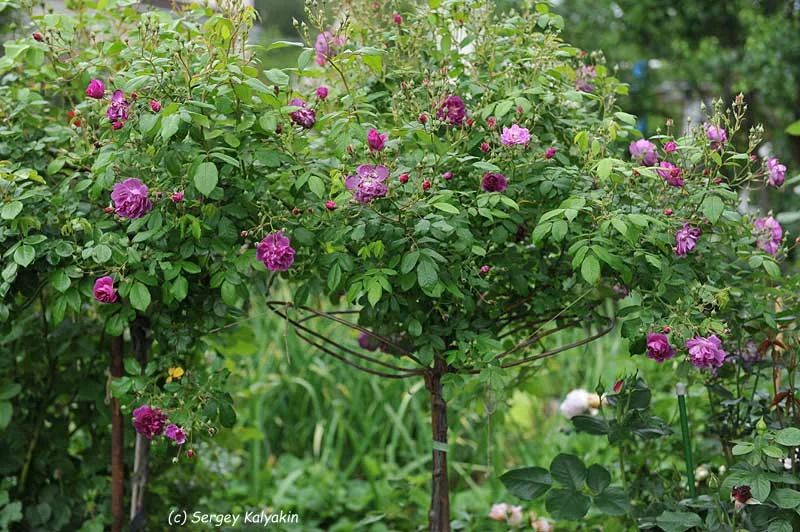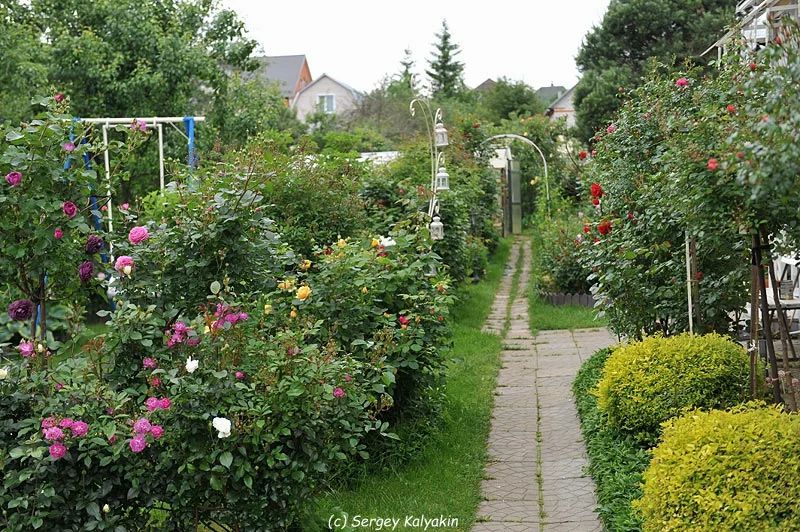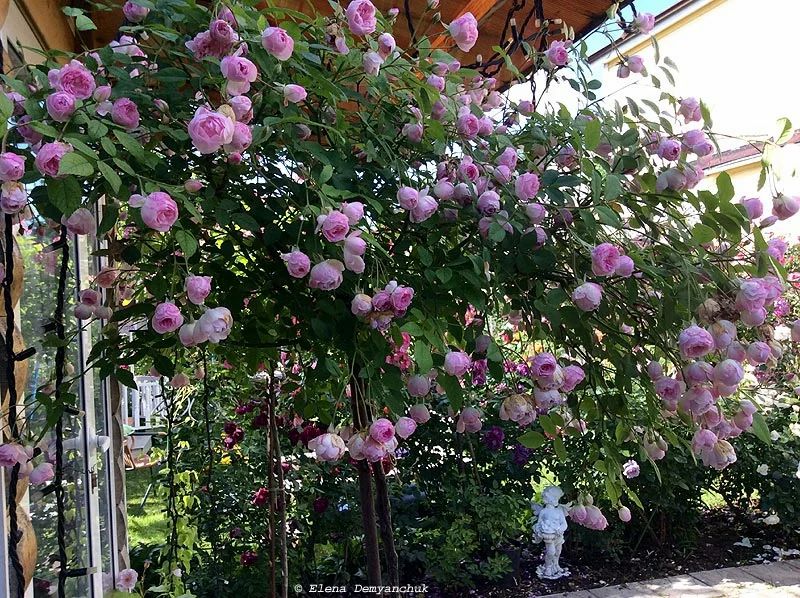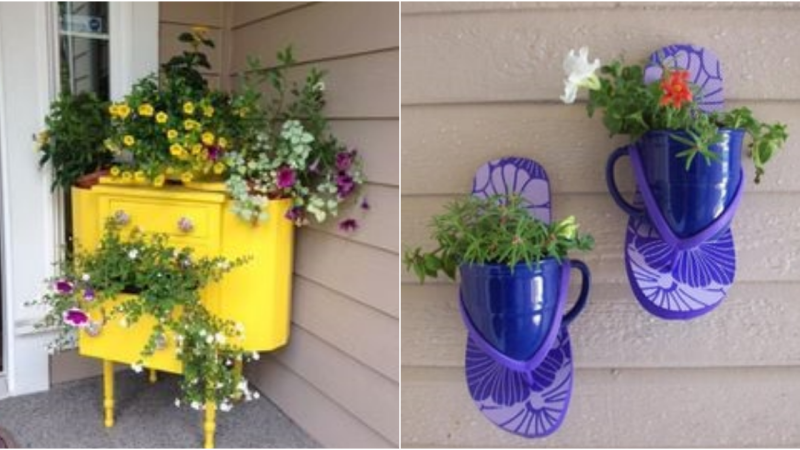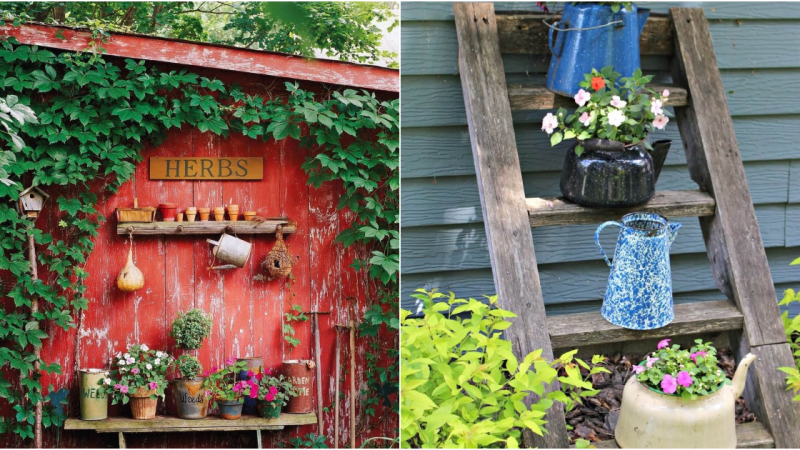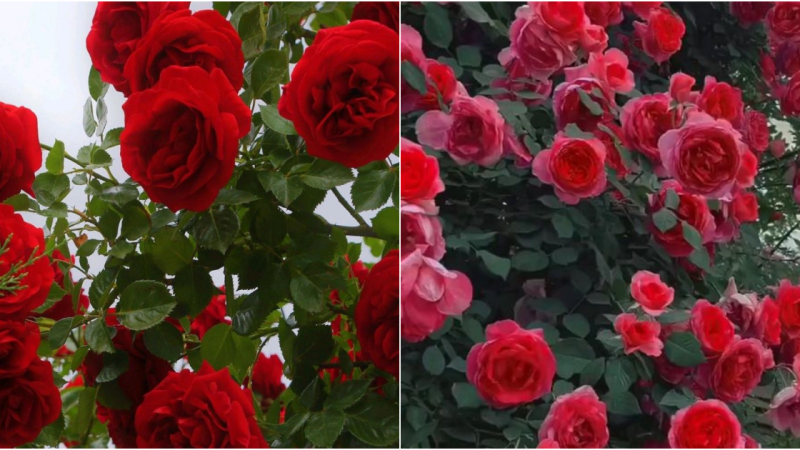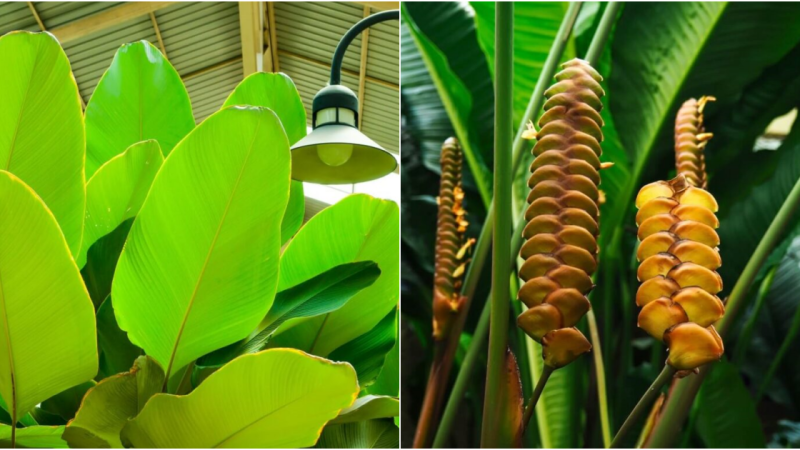The Beauty of a Rose Garden: Elena Demianchuk’s Rose Paradise
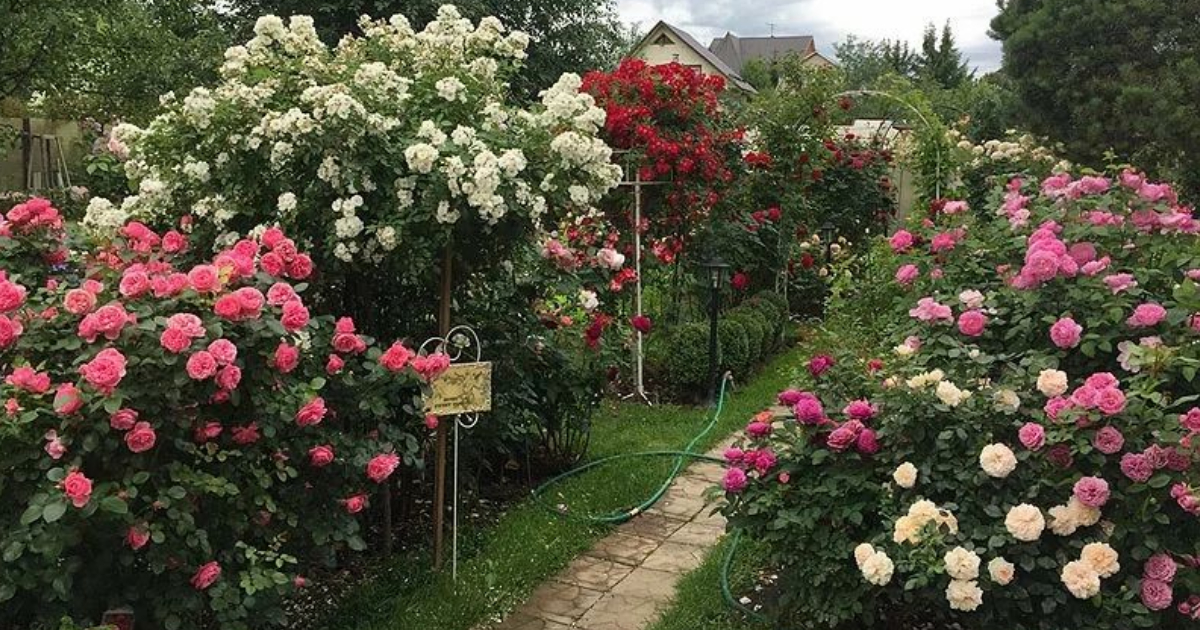
Over twenty years ago, Elena Demianchuk and her husband Sergey purchased eight acres of land in the northern suburbs of Moscow and built a small cozy house. Elena had always loved roses, and this predetermined the fate of their garden. It became a rose garden with an enormous collection of nearly four hundred rose varieties.
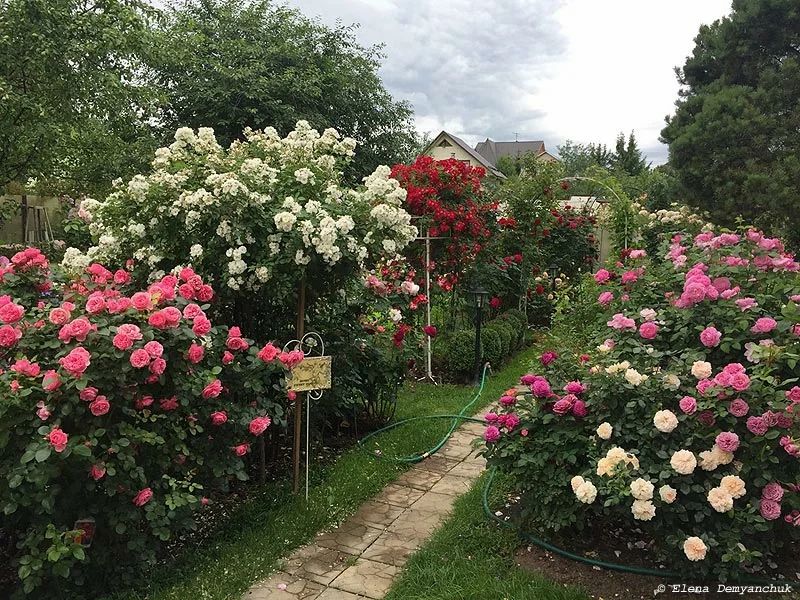
Roses still take center stage in this garden. They form the foundation of all the flowerbeds, acting as living hedges, green walls, and arches, adorning every corner of the garden.
Like any collection, Elena’s rose garden is enriched with new varieties each year. Some roses that fail to meet her high standards have to be removed. Over time, tastes change as well.
When Elena first became enamored with roses, like most beginners, she fell in love with hybrid teas with their classic tall goblets. Now, she adores the musk rose ‘Heavenly Pink,’ whose small flowers resemble pink splashes, as well as other roses from Belgian breeder Lens.
As a result of this “rotation,” only the most beautiful, reliable, and healthy varieties thrive in Elena’s garden. ‘Lions Rose’ by Kordes remains one of her favorites for many years. Even when the most disease-resistant roses fall ill, ‘Lions Rose’ remains spotless on its leaves. Shades of blue, lavender, and violet are the owner’s favorite colors in the garden, which is why the most romantic and unique corner is the “blue” rose garden featuring ‘Rhapsody in Blue,’ ‘Blue Boy,’ ‘Lavender Friendship,’ and the standard rose ‘Minerva.’
While perennial plants are not abundant in Elena’s garden, when it comes to roses’ favorite companions, she includes lamb’s ear, geums, astrantias, bellflowers, delphiniums, martagon lilies, and peonies.
By the way, when the old dark-red peonies, inherited from her mother’s dacha, bloom, they perfectly complement the beautiful ‘Dark Lady’ rose by David Austin.
Clematis also go well with roses. Elena prefers compact varieties by Raymond Evison, which can be grown in pots and placed in the garden during the summer, then stored in the basement for the winter.
This approach allows her to cultivate delicate clematis types like ‘Vienetta’ that wouldn’t survive our harsh climate if left in the garden.
Years of caring for and observing roses have helped Elena accumulate a wealth of experience and optimize her work in the rose garden, leaving her time to read books and play with her grandchildren. She gladly shares her secrets and tricks with other rose enthusiasts.
Curving paths, individual groups of roses as islands, and mixed borders along the lawn’s edge of irregular shape are suitable for owners of large plots and those who don’t mind spending more time caring for flower beds. Curving paths, individual groups of roses as islands, and mixed borders along the lawn’s edge of irregular shape are suitable for owners of large plots and those who don’t mind spending more time caring for flower beds.
While rhododendrons and tulips are in bloom, there is time to prepare for the first wave of rose flowering.
On a small plot, it is more logical and convenient to create straight paths and rectangular rose beds, where roses are planted in large groups rather than individually. This planting style saves time on maintenance tasks—from pruning in spring to all the summer treatments and winter protection.
It is advisable to frame the boundaries of the rose garden with traditional V-shaped cuts, as seen in English gardens, or with plastic border tape, while mulching the plantings with well-decomposed horse manure (as fertilizer) topped with coconut shavings. This approach will be a great help in weed control.
To prevent blooming rose bushes from collapsing during rain, it is worth considering supports in advance. Sergey bent arches from 2.5-meter-long, 0.8
cm diameter rods, which provide support for the roses without being visually obtrusive in the rose garden. And most importantly, there is no need to rush out during bad weather.
Using another rod-based contraption based on a sketch from a rose breeding website, Elena’s husband created sturdy supports for the numerous standard roses. A sturdy rod with a height matching the stem is inserted into the ground, and it ends with a “daisy” featuring metal “petals” acting as support.
Using another rod-based contraption based on a sketch from a rose breeding website, Elena’s husband created sturdy supports for the numerous standard roses. A sturdy rod with a height matching the stem is inserted into the ground, and it ends with a “daisy” featuring metal “petals” acting as support.
During spring pruning for preventive measures, Elena only treats cuts that are 1 cm in diameter or larger with hydrogen peroxide or green paint from a bottle with a sponge on the tip.
